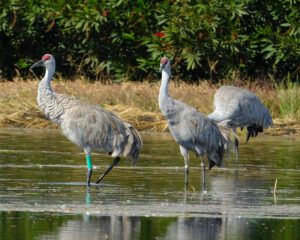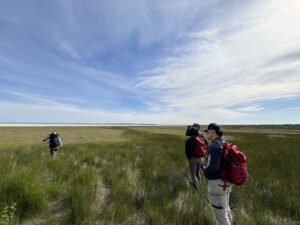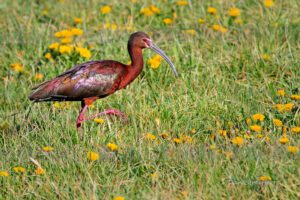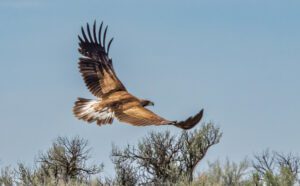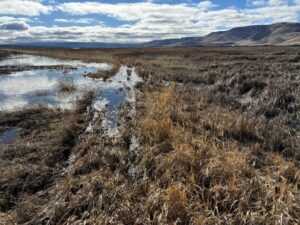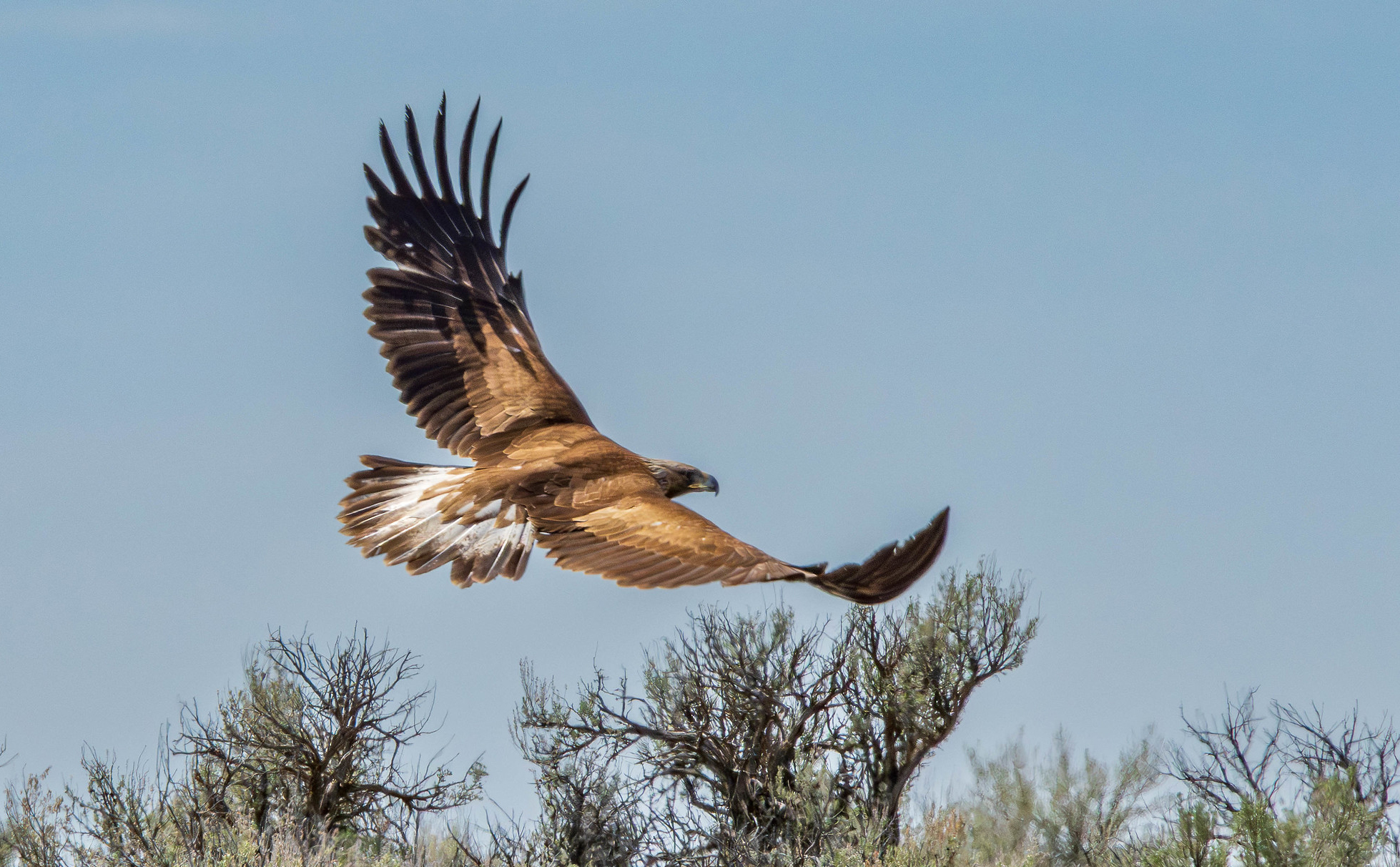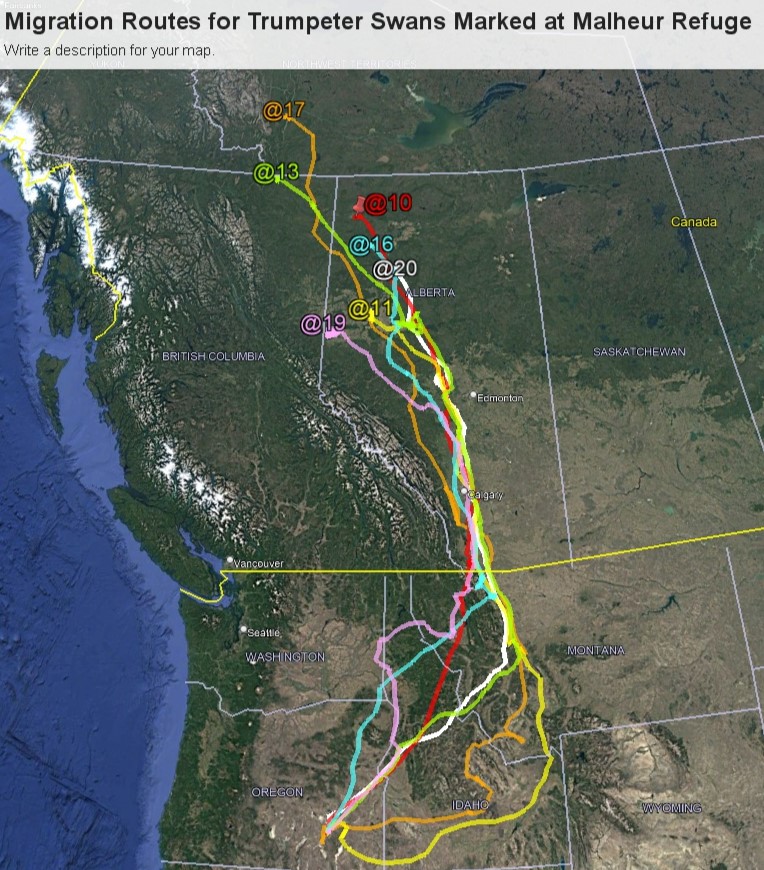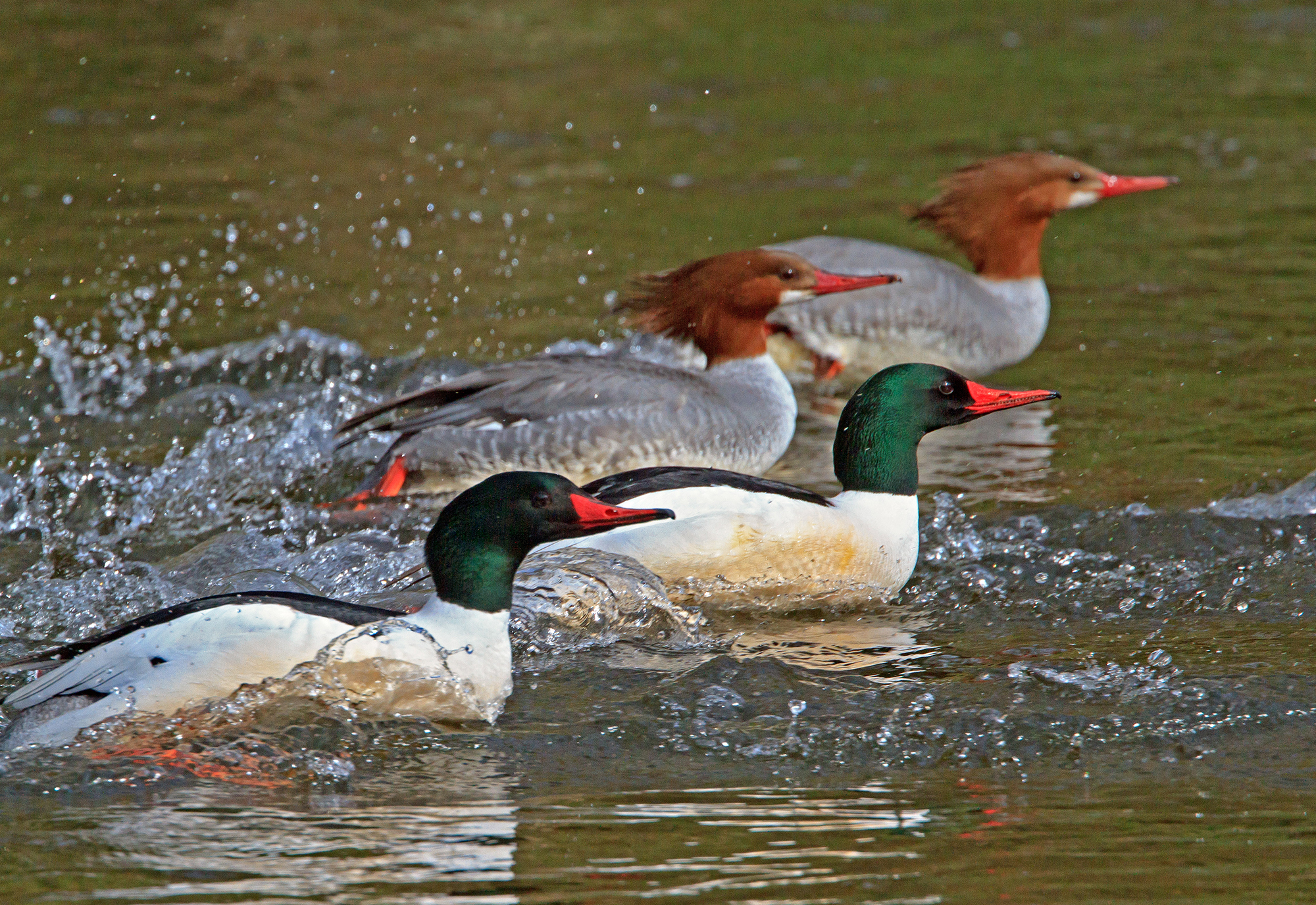Written by Peter Pearsall/Photo by Peter Pearsall
Today is National Save the Eagles Day, recognizing a lasting commitment made by scientists, lawmakers and the public to protect America’s wildlife and wildlands from human-caused harm. The bald eagle—national bird of the United States, found across the country—was once an endangered species. In the 1950s, bald eagle populations had dropped to just 412 breeding pairs in the lower 48 states. The culprits? Habitat loss and the widespread use of an insecticide known as DDT.
Developed in the 1940s-50s to combat mosquitoes and fleas during World War II, DDT was later sprayed on agricultural fields to kill crop pests. Environmental exposure degraded the insecticide into other chemicals, some of which interfered with calcium carbonate production in shell-based organisms such as crustaceans, mollusks, and egg-layers like birds. Small amounts of these chemical byproducts were retained in prey animals’ bodies, accumulating in predators until they reached harmful levels. The result for eagles and other predatory birds was eggshell thinning: eggs would break under the weight of the incubating parent, killing the nascent chick.
The precipitous decline of eagles, brown pelicans, peregrine falcons and other prominent birds during this period led to the United States’ banning of DDT in 1972, followed by the passing of the Endangered Species Act a year later. Coupled with habitat restoration and captive breeding programs, these efforts brought bald eagles and other species back from the brink, and today they are thriving. Their story reminds us that while humans are capable of inflicting great and sometimes unwitting harm on the natural world, we are also capable of righting those wrongs.
The bald eagle is resident throughout North America and can be found in almost every region of Oregon. With their distinctive white head and yellow beak—and incongruous, tittering call—these enormous birds stand out. The bald eagle’s wingspan can reach up to eight feet across, and its disheveled stick-built nest can weigh more than a ton. Listed as an endangered species until 2007, bald eagles are increasing in number across the country, becoming almost plentiful in some areas. At Malheur Refuge, bald eagles are most numerous in the winter, when they congregate near Malheur and Harney lakes to prey on waterfowl.


